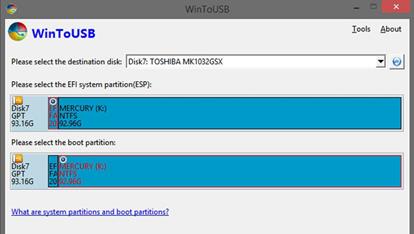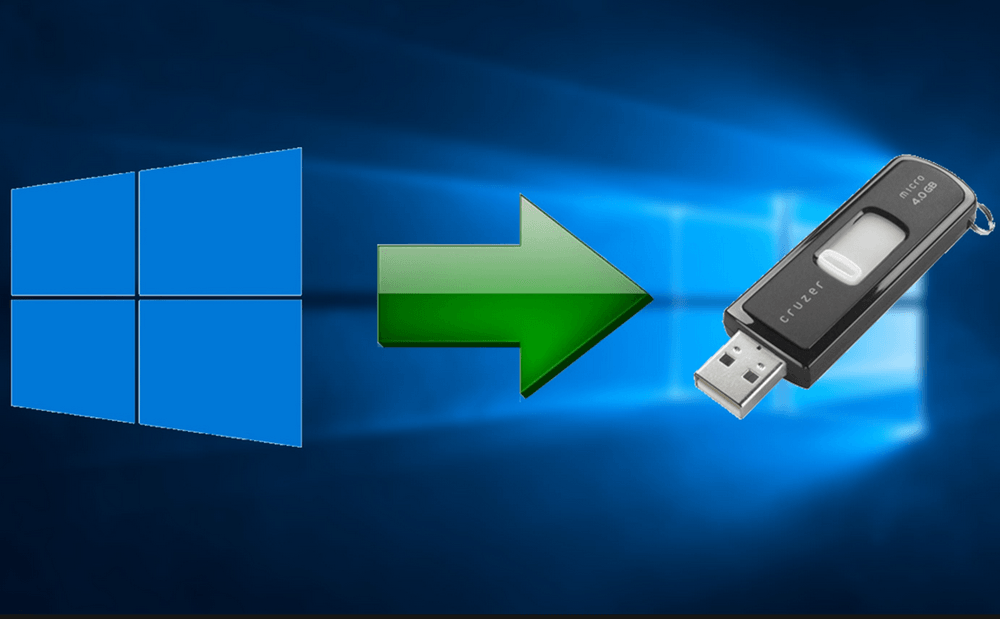

- #WIN SETUP FROM USB PORTABLE DRIVE HOW TO#
- #WIN SETUP FROM USB PORTABLE DRIVE INSTALL#
- #WIN SETUP FROM USB PORTABLE DRIVE ZIP FILE#
- #WIN SETUP FROM USB PORTABLE DRIVE WINDOWS 10#
Also, if you want an easier way or Windows 10 bootable USB alternative, directly go to the 5th part. Now, I'll provide the approaches to check and fix the problem. You may receive error message like "no bootable devices found". In this case, the USB drive is likely to be damaged or corrupted. You can't boot from USB in Windows 10, not even select the right boot option. This is because your USB drive is old USB 1.0 or 2.0, which is not supported by Windows 10.

By default, your computer only boot from the first boot option.īootable USB not showing up in boot menu. This may happen because of incrrect boot order. This means your USB stick is either corrupted or unbootable itself, or USB boot is not supported on the computer.īootable USB not showing up in BIOS. There are some other reasons may cause Windows 10 not booting from USB, please refer to the following scenarios:īootable USB is not detected as a boot device. And usually, BIOS boot mode requires NTFS file system while UEFI (CSM disabled) requires FAT32. Specifically, most of the old computer models supports Legacy BIOS while the modern computer like Windows 8/10 uses UEFI boot mode. Windows 10 bootable USB not working issue may be caused by wrong boot mode or file system. If you happen to be in a similar situation, you could stay for a while to learn more about Windows 10 bootable USB not working and then fix the error with given solutions. I've tried changing boot order, or manually selecting USB with no positive result. When I try booting from USB, the laptop ignores it and continues booting Windows. I've formatted the USB (tried MBR and GPT), and restored the ISO using Windows 7 USB/DVD Download Tool.

#WIN SETUP FROM USB PORTABLE DRIVE HOW TO#
If you’re on Windows 圆4, be sure to run the executable titled WinSetupFromUSB 圆4.Īnd if you’re looking for a step-by-step instructions guide to use this software, please refer to our how to use WinSetupFromUSB to create multiboot Windows USB and how to create multi-boot USB drive with Windows XP and Windows 7 guides.I'm having problem with my Toshiba L875-S7308 where I cannot boot my USB while in UEFI mode.
#WIN SETUP FROM USB PORTABLE DRIVE ZIP FILE#
Note that the zip file of WinSetupFromUSB includes separate executable 64-bit Windows version.
#WIN SETUP FROM USB PORTABLE DRIVE INSTALL#
The other cool thing is that it’s portable, which means that you don’t need to install it in order to run it. The beauty of this tool is that it offers an easy-to-use, unlike some other multi-OS boot projects. You can also add custom boot menu names to Vista, Windows 7 and Windows 8.1 setup sources.

The other cool feature of this tool is that it enables you test your multi-boot USB using QEMU (see how to test bootable USB). In simple words, you can create bootable USB containing Windows XP, Vista, Windows 7, Windows 8 and Windows 8.1, which means that you can install all these operating systems from one USB drive.īesides, it lets you make your multi-boot USB even more powerful by adding a couple of Linux distros, handy tools like Ultimate Boot CD (UBCD), BartPE and other tools. The newest version gets support for U(EFI) and includes a couple of bug fixes.įor those who aren’t familiar with WinSetupFromUSB, WinSetupFromUSB enables you create a multi-boot USB drive with two or more versions of Windows operating system. The good news is that the developer behind this excellent utility has recently updated the program to version 1.1 and it’s now fully compatible with Windows 8.1 as well. In other words, if you have a spare USB flash drive, you can use it as a multi-boot USB drive with Windows 7 and Windows 8.1 installation files to avoid having to create bootable USB drive each time you want to install Windows 7 or Windows 8.1.Įven though a couple of new tools have been released over the last three years, WinSetupFromUSB remains the best in class for its easy-to-use interface and features. Now that Windows 8 and Windows 8.1 have been released, many users might be interested in creating a USB drive containing both Windows 7 and Windows 8.1 so that they can install both Windows 7 and Windows 8.1 from a single USB drive.


 0 kommentar(er)
0 kommentar(er)
